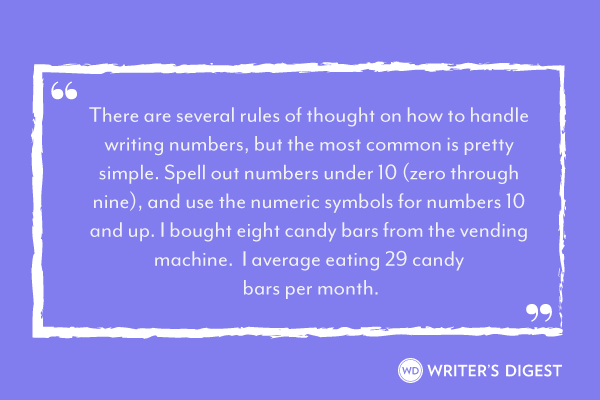When to Use a Prologue
Q: When should a prologue be used? Is there a difference between prologues for fiction and nonfiction?—Sonya Ryan A: A prologue is used when material that you want to include…
Q: When should a prologue be used? Is there a difference between prologues for fiction and nonfiction?
—Sonya Ryan
A: A prologue is used when material that you want to include in the opening is out of time sequence with the rest of the story. For example, let’s say you’re writing a book about a woman getting married. While your story focuses on the year leading up to the big day, there’s a funny anecdote from her childhood about her idea of the perfect wedding that foreshadows the actual event. Because this section is seen from her perspective as a child, it’s out of sequence with the rest of the book—which is shown from an adult’s perspective—and might work better as a prologue.
You can use a prologue in fiction and nonfiction, but it’s used only to explain key information that doesn’t follow the time flow of the rest of your book. So if your “prologue” doesn’t fit this criterion, either cut it or change it to Chapter 1.
Brian A. Klems is the online managing editor of Writer’s Digest magazine.
Have a question for me? Feel free to post it in the comments section below or e-mail me at WritersDig@fwpubs.com with “Q&Q” in the subject line. Come back each Tuesday as I try to give you more insight into the writing life.




